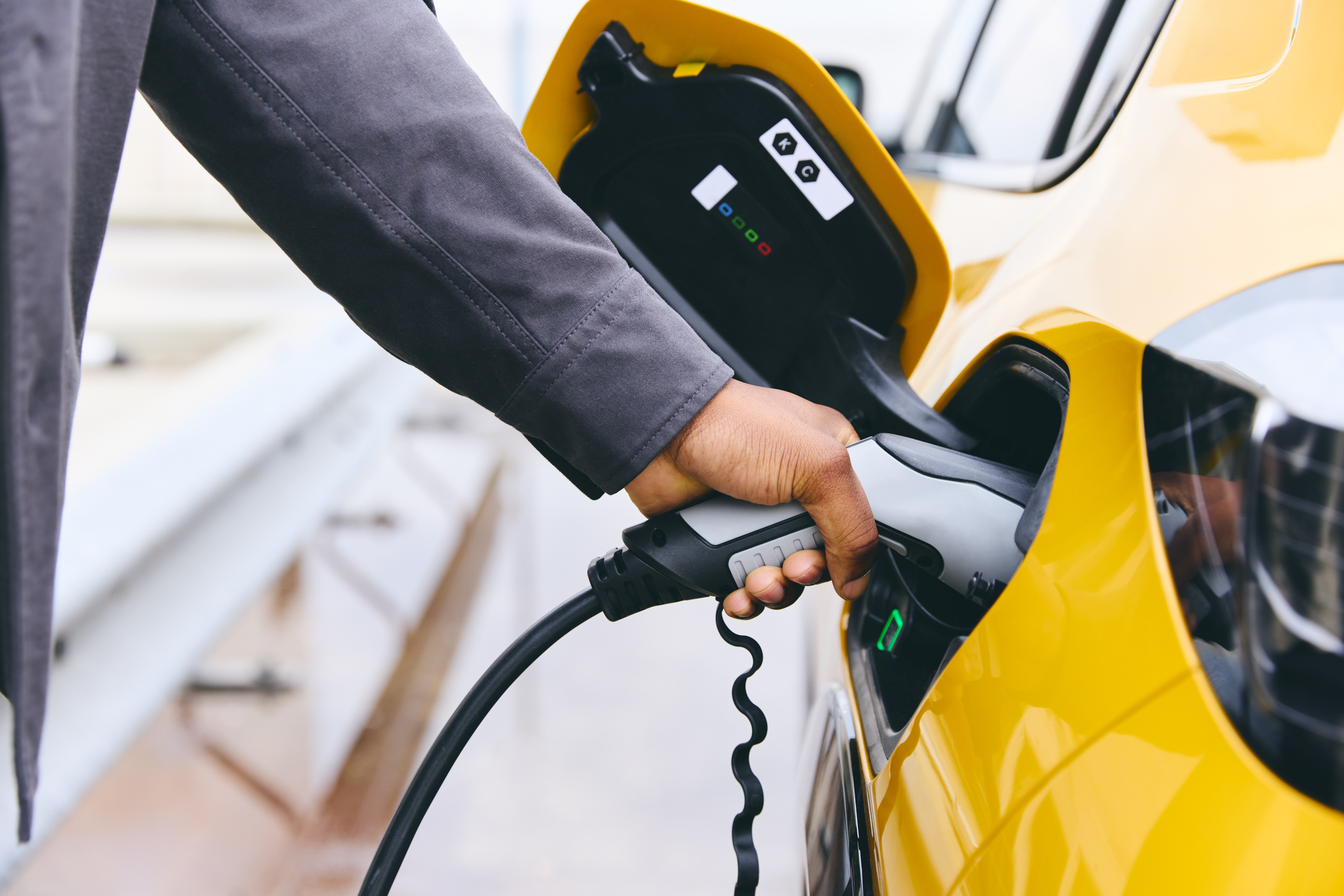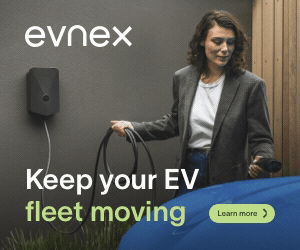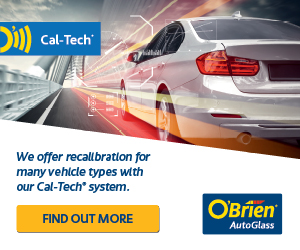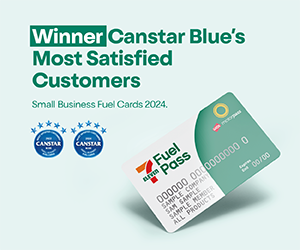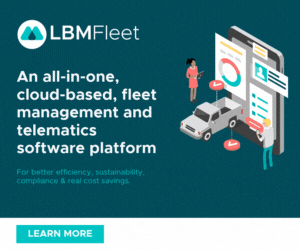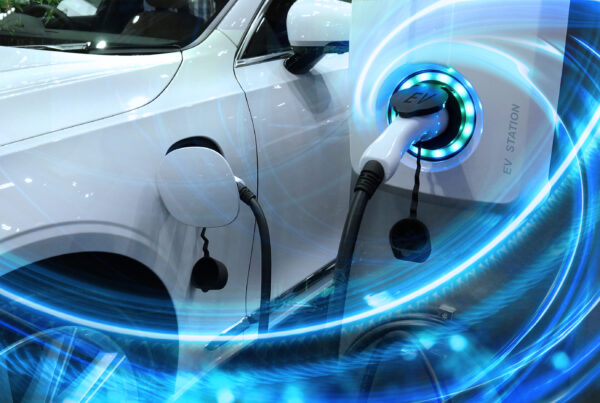A recent study by the NRMA, the University of Technology Sydney (UTS), and the iMove Cooperative Research Centre has found that early adopters of Vehicle-to-Grid (V2G) technology in Australia are saving money. However, the report highlights that significant changes are needed for V2G to become a mainstream option.
The Promise of V2G
V2G technology allows electric vehicles (EVs) to send power back to the grid, essentially turning them into mobile batteries. This can help reduce electricity costs for EV owners and support the overall energy network. The study, Being a V2G Trailblazer: Lessons for Mass Market Adoption, examined the experiences of early users and found promising financial benefits.
According to the report, some early adopters earned up to $1,000 annually by feeding energy back to the grid. One user made $565 in just two hours due to a price spike. The research also showed that all participating households had solar panels, which further enhanced their savings.
Challenges in Scaling Up
Despite these financial benefits, the study outlined several challenges that must be addressed for V2G to be widely adopted. Currently, there is only one V2G-enabled EV available in Australia—the Nissan Leaf. Additionally, there are no bidirectional chargers currently on the market, and only a few electricity providers support V2G connections.
The report also found that installation costs remain a significant barrier. Setting up a V2G system, including the charger and installation, can cost between $13,000 and $16,000. Moreover, finding qualified electricians familiar with V2G technology has proven difficult for early adopters.
Another key issue is the lack of an Australia-specific app to help users manage their V2G systems. While early adopters have found ways to work around this, a dedicated app would improve usability and efficiency.
What the Future Looks Like
The study’s findings indicate that interest in V2G is growing. A survey of NRMA members found that 47 per cent of respondents had a positive outlook on V2G, with 54 per cent of EV owners interested in adopting the technology. However, financial concerns—such as the high upfront costs—remain a major hurdle.
To accelerate V2G adoption, the report suggests that Australia needs more affordable EVs, lower charger costs, and streamlined approval processes. Additionally, increased awareness and education about the benefits of V2G could help drive demand.
While the road to mass adoption is still long, the financial and environmental benefits of V2G technology suggest that it could play a key role in Australia’s energy future.
Did you find this article interesting? Click the ‘heart’ button above to give it a ‘like’!

